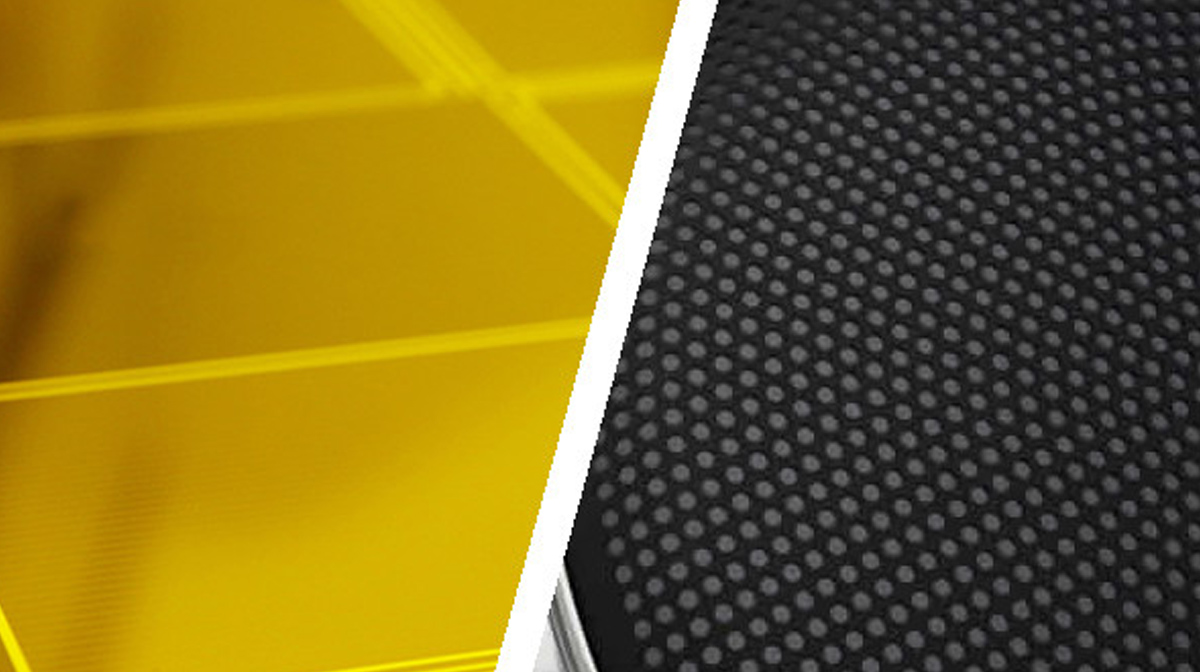
Electroforming vs. Subtractive Electrolytic Processes
Electroforming, electrochemical machining, and electrical discharge machining all use electrolytic baths. But only one is additive, which helps explain why it’s also more precise.
Electrolytic baths have a long history as a way to add very thin layers of material to a target metal, as in silver or gold plating, or to remove material, as in electrolysis, such as for the removal of rust from steel and iron artifacts. The electrolytic bath provides a medium through which an electric current can pass between two oppositely charged metals. Depending on how the process is set up, the voltage either attracts atoms from a source metal to the target surface (an additive process) or pulls atoms away from the target surface (a subtractive process).
This is the basic principle behind three widely employed processes used to fabricate nano-scale features in ultra miniature structures: electroforming, electrochemical machining (ECM), and electrical discharge machining (EDM). Electroforming is an additive process while both ECM and EDM are subtractive. And because it is additive, electroforming lends itself well to photolithography as a way to guide atoms to the target surface with extreme precision. ECM and EDM — because they subtract material from the target material rather than add it — cannot use photolithography as a guiding mechanism, but use a much less precise mechanical tool instead.
As a result the minimum feature tolerance (i.e., minimum variance that can be achieved) is significantly higher for ECM and EDM than for electroforming.
Electroforming can achieve feature tolerance of ±2 microns versus ±5 microns for ECM and ±50 microns for EDM — a difference of 150% and 2400% respectively.
That means that with electroforming it is possible to create ultra miniature components with far smaller features and far higher yield. The reason goes back to how an additive process lends itself to photolithography and the subtractive processes don’t.
Electroforming Leverages Photolithography
In electroforming, material is added to the target only in areas that have been exposed to light through a photo mask (created on a CAD system). Before immersion in the electrolytic bath, the surface is covered with a photoresist, which is exposed to the light through the mask — thus creating openings in the photoresist through which the target’s bare metal is exposed. Once immersed, the metal is then negatively charged to attract atoms from a positively charged cathode. Atoms from the cathode then pass through the bath and bond with the metal. As more and more metal is deposited, a three-dimensional structure rises from the photoresist pattern.
ECM Uses a Mechanical Tool
As with electroforming, in ECM both the part to be fabricated and an electrode are immersed in an electrolytic bath — except that here the part is positively charged and the electrode (the “tool”) is negatively charged. The tool follows a programmed path around the part, sculpting the desired features by pulling off its electrons and turning the affected material into a metal hydroxide that the electrolytic bath washes away.
Feature tolerances are therefore limited by the ability of the mechanism to control the position and path of the tool. By contrast, photolithography’s limiting factor in terms of precision is the wavelength of light itself, which in the case of microwaves can be as small as 0.01 microns.
EDM Sparks
EDM, also a subtractive technology, is even less precise than ECM. That’s because where ECM relies on a voltage to pull electrons off the target, resulting in a more or less steady flow of extracted material. EDM relies on sparking to mechanically dislodge material in small bits. The electrolyte in the EDM bath is non-conductive so that a high enough voltage will break down the dielectric and cause a spark. It is the mechanical action of the spark hitting the target that breaks off material. So, besides being much less precise compared to both electroforming and ECM, the sparking action also leaves a pitted surface with burrs (bits of excess material) that must be polished away.
Similar Chemistry — Different Results
Differences between electroforming, ECM, and EDM point to why OEMs should ask their component fabrication partners whether they employ an additive or subtractive technology. Even if two processes use an electrolyte bath, they may achieve starkly different results that in turn can significantly impact the size, yield, and performance of the nano-scale component they are looking to integrate into their solutions.

